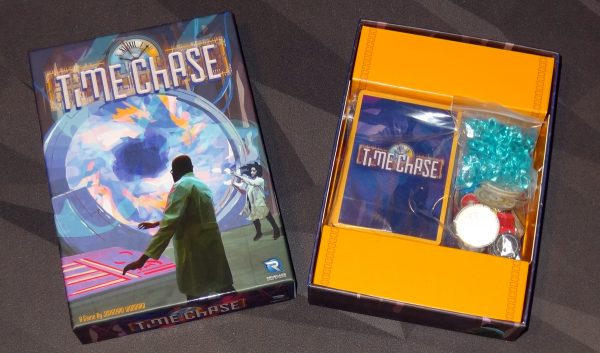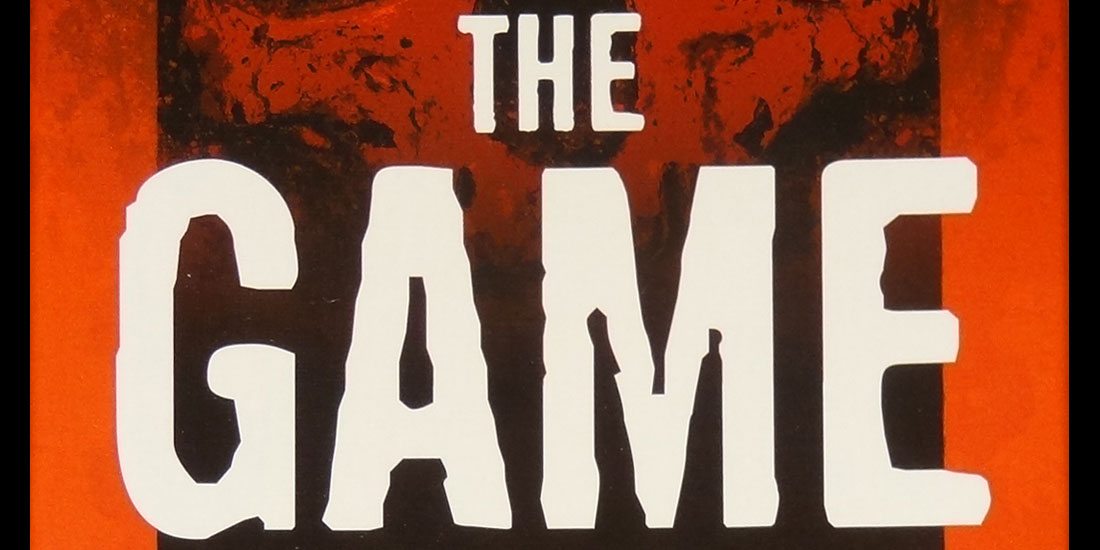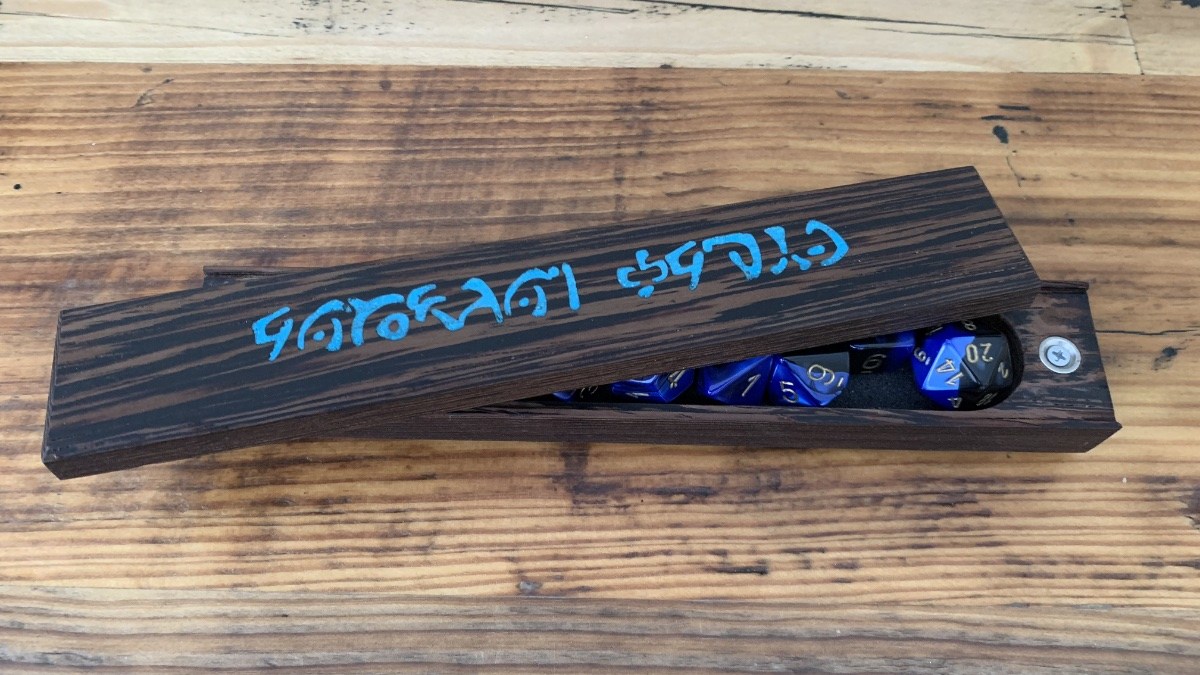Every year, American Mensa holds a weekend game playing extravaganza where hundreds of people play and rate games that have been submitted by the creators or publishers. This year, one of the five winners is Uncle Chestnut’s Table Gype, a game with unusual origins.
I recently had the opportunity to interview one of the creators of the game, Paul Nowak, to get the background story. The game has origins in history and in geekery, and its journey makes an interesting tale. G.K. Chesterton and H.G. Wells thought up the game concept almost 100 years ago. Never formally invented, the idea still lived on in a collective imagination.
Now Uncle Chestnut’s Table Gype represents one team’s vision of what Gype should be. The name is based on Nowak’s children’s book The Inconvenient Adventures of Uncle Chestnut, and the complete rules and additional photos can be found on BoardGameGeek . A video describing how the game is made and where it came from is available on YouTube. The makers have also started a Kickstarter campaign, already blowing past their financial goal with over a month remaining in the funding period. The boards and pieces are made by hand out of fabric and wood, here in the United States.
And now, the interview.
GeekDad: What pushed you to create this game, which comes complete with a geeky origin, instead of a game from scratch?
Paul Nowak: Over the past several years, I’ve been using G.K. Chesterton as a mentor. He was very well-read and has written so much on virtually every topic, especially in his weekly newspaper columns which he wrote for over 30 years, that he’s been a great guide in art, literature, philosophy, and other topics to be a wonderful professor.
Reading a lot of Chesterton, and hanging out online with other fans of his, you can’t help but come across the legend of Gype. Of GKC’s writings collected thus far, we only have a few paragraphs about the game which he and H.G. Wells created as a joke. However, there has been a lot of speculation about what the game should be like, if it ever was to be played.
So we approached Table Gype with the theme in mind before the mechanic. Per Chesterton’s own description, it should have “mysterious and significant shapes.” Simple rules and goals, but with an unpredictable element. Dice as pieces for a strategy game seemed to be a good fit that seemed new and unusual, and after that flash of inspiration things fell into place quickly.
GD: Are you a fan of the writings of G.K. Chesterton or H.G. Wells in general? If so, what are your favorite books or stories?
PN: Growing up I read a number of H.G. Wells’ books, The Time Machine and War of the Worlds being among my favorites of Sci-Fi literature. I didn’t discover Chesterton until just before college, but read a lot of his works now. I even have all his collected columns (that have been collected) from the Illustrated London News from 1907-1931, but
my favorite works of his are Manalive and The Everlasting Man, the latter of which was a response to Wells’ Outline of History.
While Table Gype is our first game, it comes after a long succession of G.K. Chesterton-themed products I’ve produced, including t-shirts with his quotes and a book for children, The Inconvenient Adventures of Uncle Chestnut. Uncle Chestnut is an actual nickname used by children who knew him and his wife, but in my book (which I hope will
become a series) Uncle Chestnut is a fictional character in a more modern time who greatly resembles Chesterton.
GD: Are there any aspects of the game added for theme and don’t affect gameplay?
PN: G.K. Chesterton’s quotes are scattered throughout the rules and on the board, where they relate to the rules or Chesterton’s philosophy of games and fun.
GD: Did you have a formal process for turning cryptic prose into a playable game? How much did you take great liberty with?
PN: There seemed to be so little to go on there was a great amount of liberty to be taken with the game, which may have been why any serious attempt and actually creating it has taken almost 100 years. Also, I am sure there are critics out there who think it never should have been actually created, but that’s why it’s “Uncle Chestnut’s” Table Gype – not necessarily Chesterton’s.
GD: What do you think Chesterton and Wells would think or say about your creation?
PN: I would hope that Chesterton and Wells would find the publishing of Uncle Chestnut’s Table Gype as the latest twist to their long-running joke, especially as it was found worthy of accolades from Games Magazine and the American Mensa Society.
It is also interesting to note that Wells’ wargame rules for toy soldiers, called “Little Wars,” is the predecessor of he miniatures games we know today, including Warhammer and Heroclix.
——
While I still haven’t had a chance to play the game, Simpsons artist Luis Escobar has, and he likes it. A lot. Read his review for plenty of cartoony goodness.
G.K. Chesterton’s definitive biographer, Masie Ward, mentions Gype and H.G. Wells’s wargame, “Little Wars,” in the biography. It’s on Project Gutenberg, and you can find the passage by searching for “gype.” There is also some written about Gype on the American Chesterton Society blog.
Uncle Chestnut’s Table Gype is available for $24.99 at Funagain Games, or through their Kickstarter campaign. If you’ve played it, let us know what you think!







